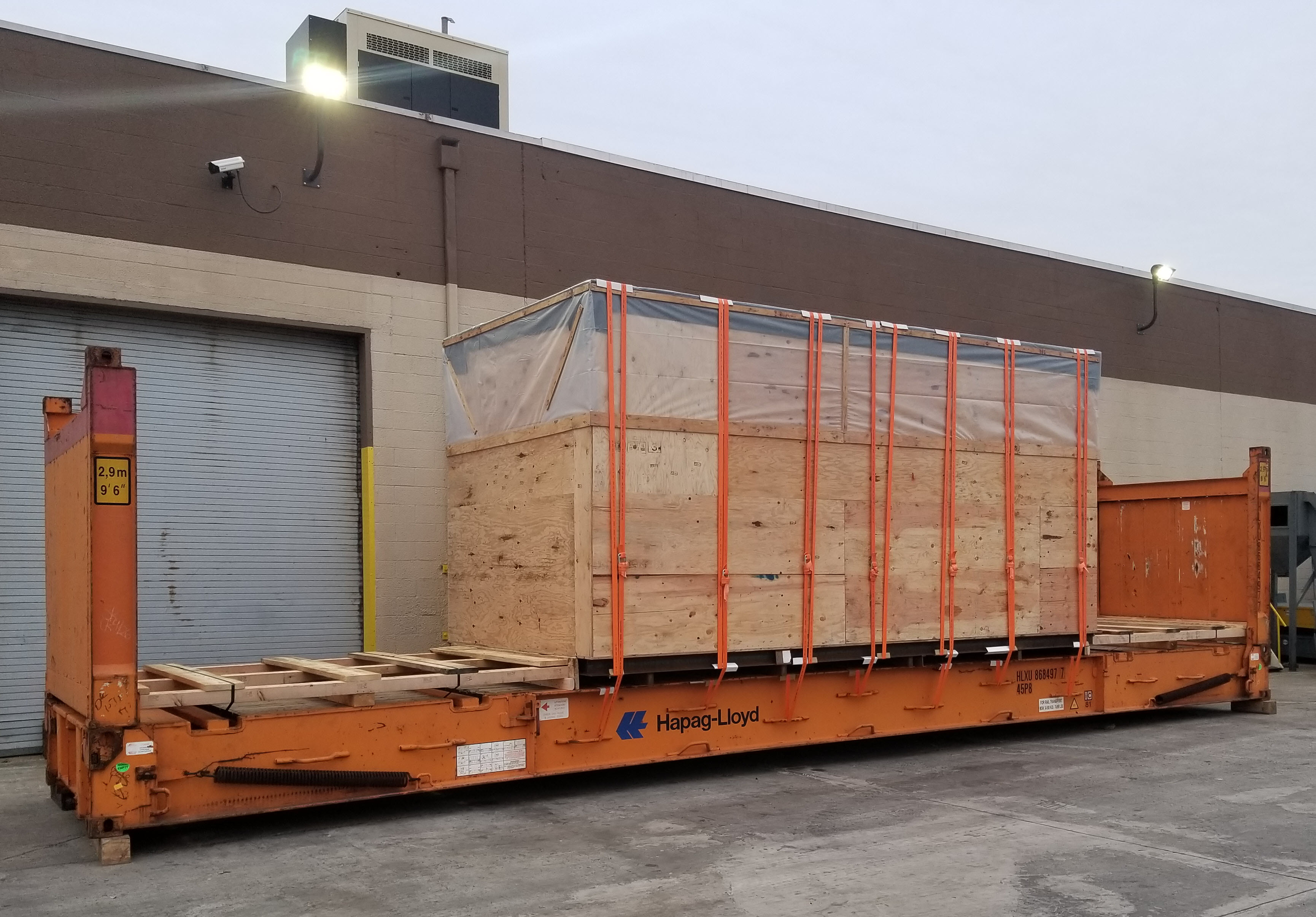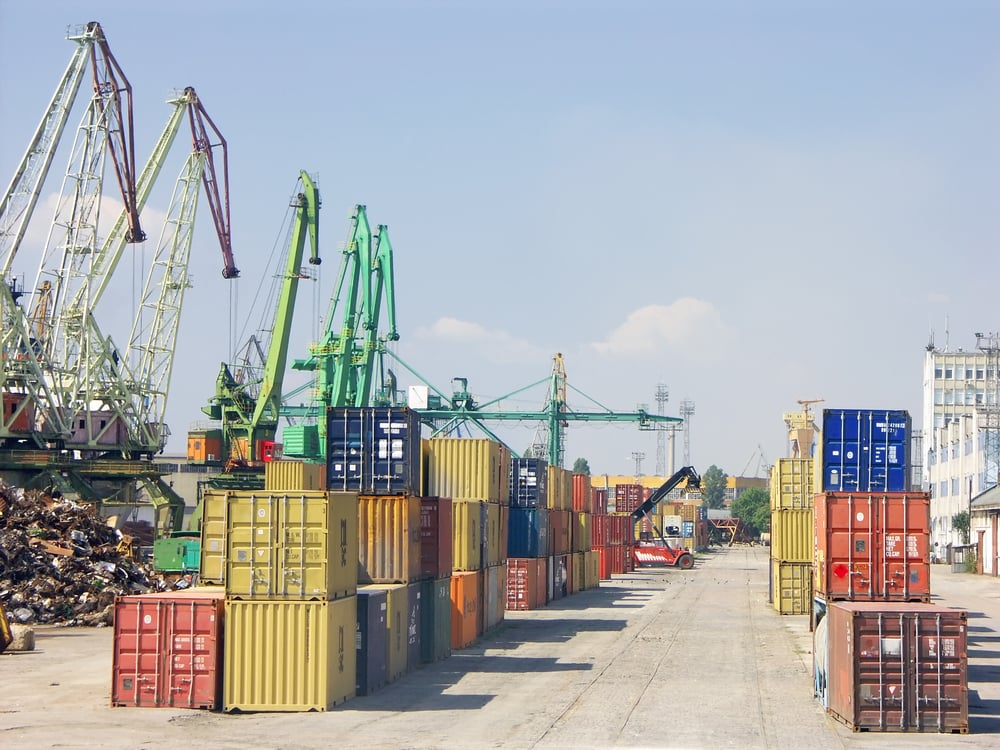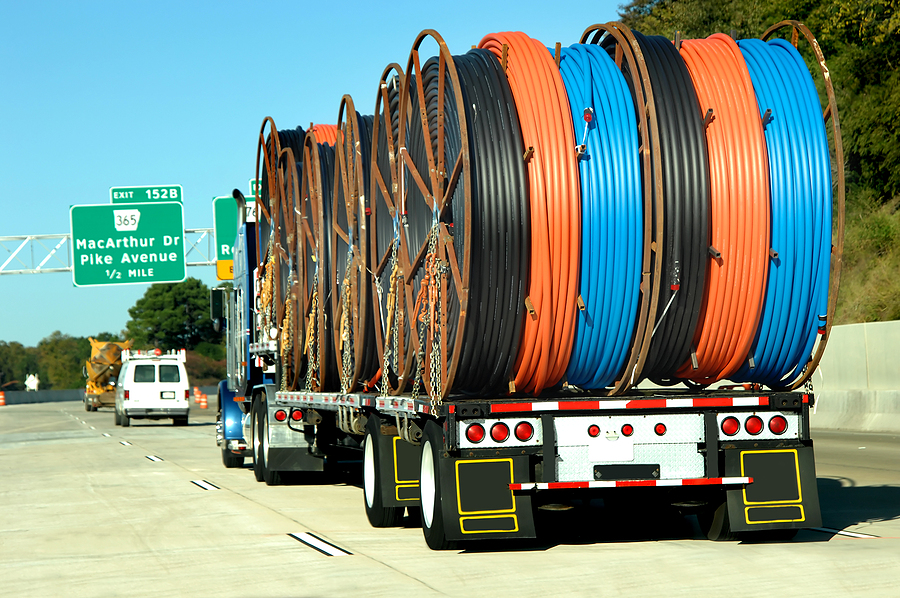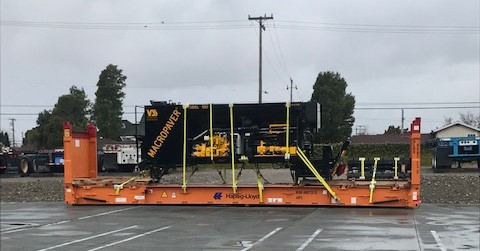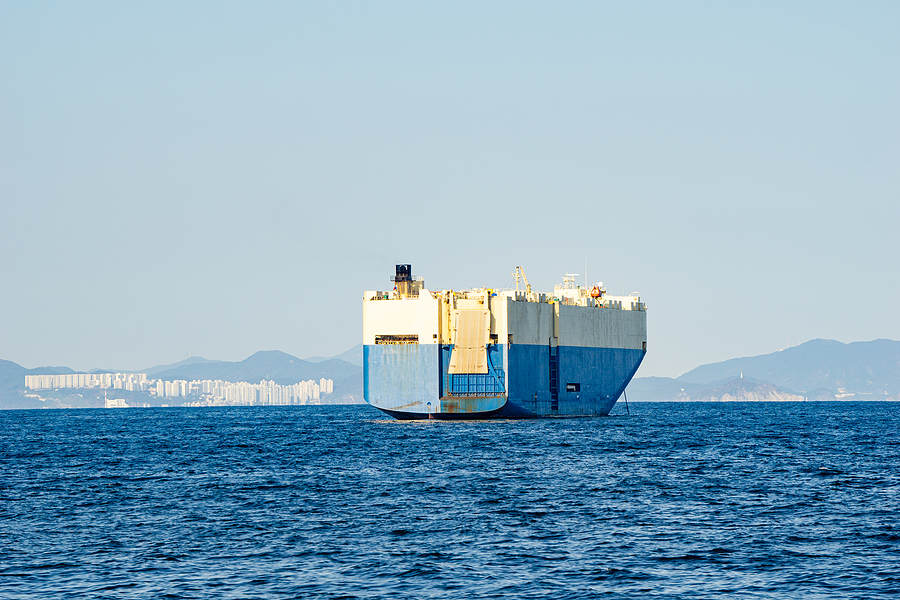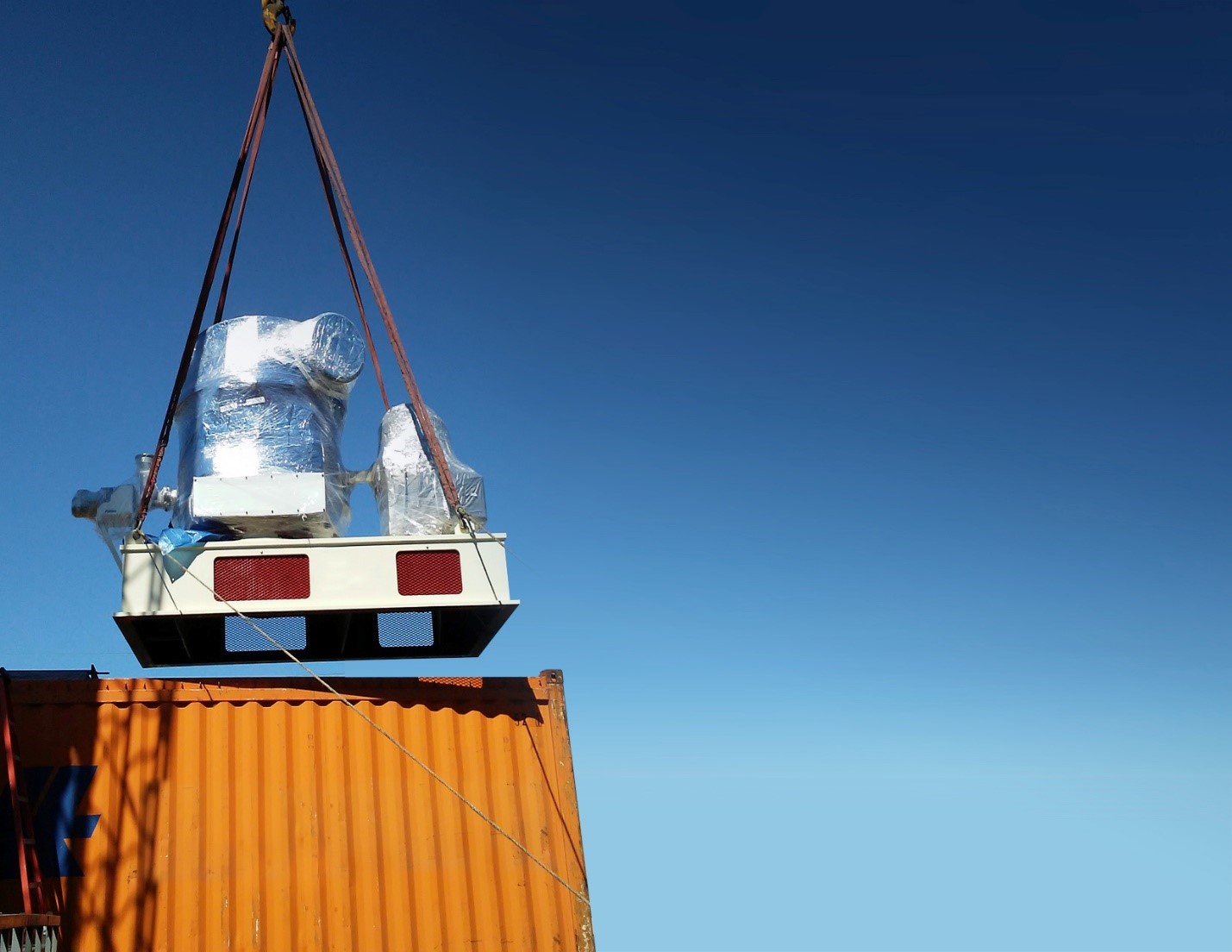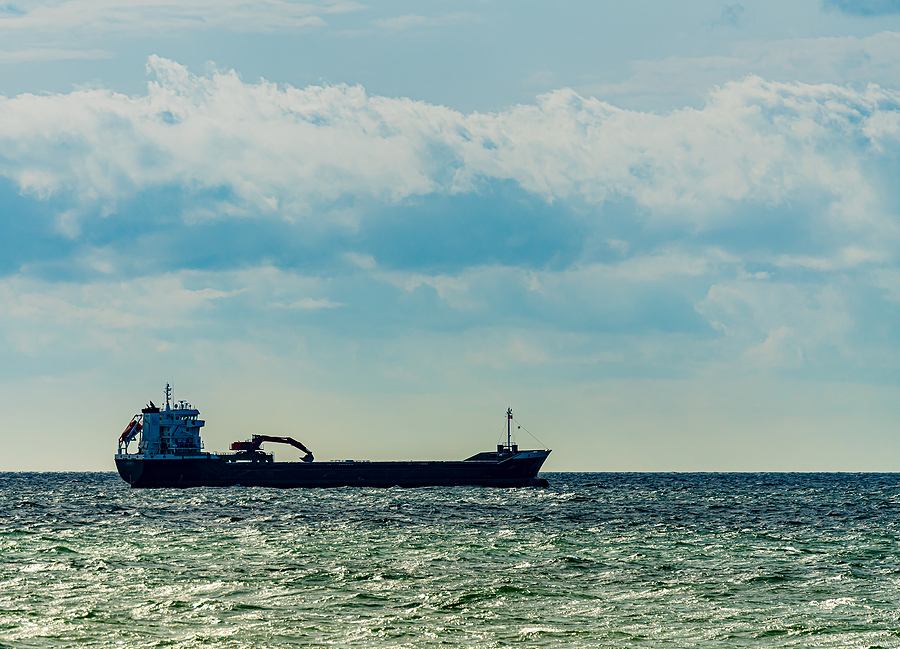Maybe you’ve bought a used excavator from a dealer in another country. Or you’ve made the winning bid on equipment from a recently closed factory thousands of miles away. There are many reasons for shipping machinery overseas, many decisions to make along the way, and many opportunities to ensure trouble-free, cost effective transit – if you have the necessary capabilities.


